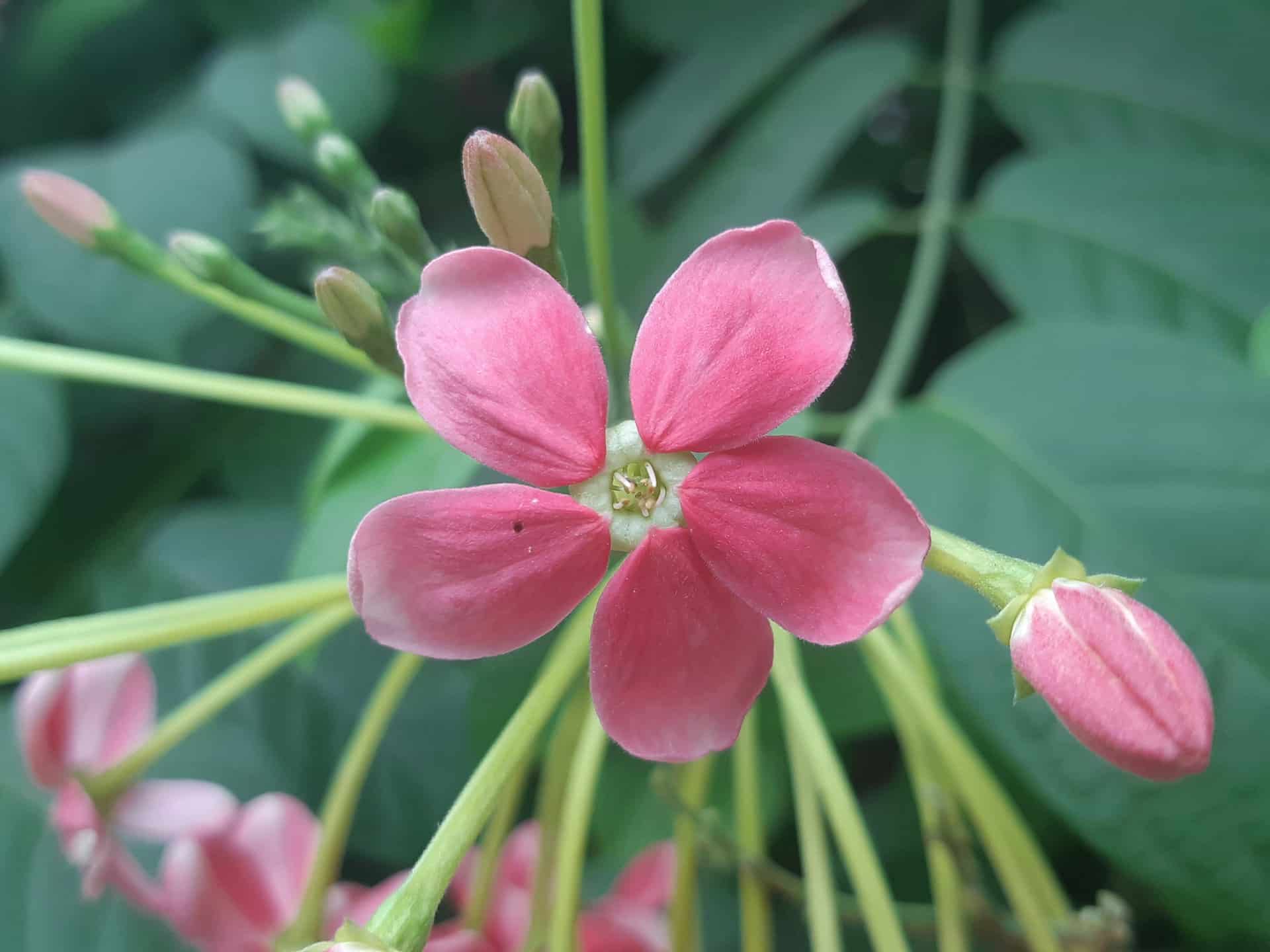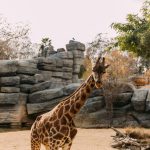Urban planting has been hailed as a key tool for enhancing biodiversity, managing carbon emissions, and improving the overall quality of urban areas. Yet, the selection of plant species is a pivotal factor that determines the overall impact of these green initiatives. In the context of the UK, it’s essential to prioritize native plant species that not only thrive in urban environments but also contribute significantly to ecological benefits. In this article, we delve into some of the native UK plant species that should be prioritized in urban planting.
The Importance of Native Plant Species in Urban Planting
Urban planting, often executed in the form of street-side trees, park woodlands, and communal gardens, carries enormous potential for improving cities’ environmental footprint. Selecting the right plant species plays a crucial role in leveraging this potential fully.
En parallèle : How can UK river management plans be adjusted to better cater to the spawning needs of native fish?
Native plant species are naturally more suited to local climates and soils, making them more resilient and requiring less maintenance compared to non-native species. Furthermore, they contribute to local biodiversity by providing food and habitat for native fauna. For instance, native trees such as the Oak or Silver Birch are often favoured in urban planting schemes because they support a wide range of wildlife, including numerous insect and bird species.
Prioritizing Native Tree Species for Carbon Management
One of the prime ecological benefits of urban planting is its contribution to carbon management. Some native tree species are particularly effective in this regard. According to various scholarly sources and surveys cross-referenced with Google Scholar and CrossRef, a few tree species stand out.
A lire aussi : What steps should UK homeowners take to ensure bird feeders do not spread disease among bird populations?
Oak trees (Quercus robur), for example, are known for their exceptional carbon sequestration capabilities. They are hardy, adaptable, and can thrive in various conditions, including urban environments. Its dense wood is excellent for long-term carbon storage.
Another species, the Common Ash tree (Fraxinus excelsior), also has excellent carbon sequestration capabilities. Its fast growth rate allows it to quickly absorb carbon from the atmosphere, helping to offset urban emissions. However, its susceptibility to disease means that careful management is required to maintain its health and maximize its carbon storage potential.
Promoting Biodiversity with Native Plants
By prioritizing the planting of native species, we can significantly enhance local biodiversity. These species have evolved over thousands of years in a specific area, and they have established complex relationships with other local plants and animals.
For instance, the Native Bluebell (Hyacinthoides non-scripta), a woodland flower species, supports several species of bees and butterflies, which are crucial for pollination. Similarly, the Ivy (Hedera helix), often found in urban gardens, provides shelter and food for various bird species and insects during autumn and winter.
Grasslands also hold key positions in urban biodiversity. Planting native grass species such as Crested Dog’s-tail (Cynosurus cristatus) and Common Bent (Agrostis capillaris) in urban parks and gardens will sustain a variety of insects, providing a food source for birds and small mammals.
The Role of Urban Woodland Management
Urban woodland management is crucial to maintaining the health of the urban ecosystem. The management strategy should revolve around planting a mix of native species rather than a single type. This approach ensures the stability of the ecosystem and increases resilience to pests, diseases, and climate change impacts.
For instance, the inclusion of Alder (Alnus glutinosa) and Willow (Salix) species in urban woodlands not only contributes to biodiversity by providing habitats to various bird and insect species but also helps in soil stabilization.
The Future of Urban Planting in the UK
Looking to the future, we see the potential for a greener, more ecologically sustainable urban environment through strategic urban planting. Besides trees, the inclusion of shrubs like Hazel (Corylus avellana) and the Spindle (Euonymus europaea) will provide food and habitats for a variety of insects and birds. Similarly, the planting of native ferns such as the Bracken (Pteridium aquilinum) and the Maidenhair Spleenwort (Asplenium trichomanes) can enhance the diversity and aesthetic appeal of urban green spaces.
Strategically integrating such diverse native plant species into urban planting designs will not only maximize ecological benefits but also create more engaging, healthier, and resilient urban environments. As we understand more about the ecological value of these native species through ongoing research and surveys, planting strategies will continue to evolve, reflecting the dynamic nature of urban ecosystems.
Enhancing Urban Green Spaces with Understory Plant Species
A diverse understory, consisting of shrubs, grasses, and herbs, can significantly contribute to the resilience, aesthetics, and biodiversity of urban green spaces. Often overlooked in urban planning, these native plant species have unique advantages, including their ability to thrive under challenging conditions and provide essential ecosystem services.
The Blackthorn (Prunus spinosa), for example, is a native shrub species that creates thickets, providing shelter for birds and mammals. Its early spring flowers also offer a crucial source of nectar for bees. For herbaceous plants, the Common Nettle (Urtica dioica) is a remarkable native species, hosting over 40 species of insects and providing essential nutrients for birds.
Native ferns, like the Broad Buckler Fern (Dryopteris dilatata), enhance the visual appeal of urban green spaces while providing habitats for insects. Similarly, planting native grass species such as Common Bent (Agrostis capillaris) in urban parks and gardens will sustain a variety of insects, providing a food source for birds and small mammals.
Incorporating a variety of understory plant species in the urban plan not only enriches the plant diversity of green spaces but also contributes to biodiversity conservation and enhances the aesthetic appeal of the cityscape.
Conclusion
Prioritizing native UK plant species in urban planting is a crucial step towards creating greener, healthier, and more resilient urban environments. From the mighty Oak trees to the lesser-known understory species like the Common Nettle, each plant species brings unique ecological benefits and contributes to the biodiversity of urban areas.
With careful management practices and strategic planning, we can maximize the potential of urban green spaces, fostering a symbiotic relationship between urban dwellers and nature. As we continue to learn from research studies cross-referenced with Google Scholar and Oxford Academic, our understanding of the ecological value of these native species continues to grow, informing future urban planning and conservation efforts.
The task, though daunting, is worth every effort. The rewards? Cleaner air, enhanced biodiversity conservation, regulated climate, increased aesthetic appeal, and, most importantly, more habitable urban areas. Urban planting, if done right, provides us with a unique opportunity to reclaim our cities from the clutches of concrete, one native plant at a time.
As we move towards the future, the need for integrating nature into our urban areas through strategic urban planting becomes increasingly clear. With the right steps, we can ensure that our cities will continue to flourish, providing a safe haven for both humans and wildlife. For this reason, every effort we put into improving our urban areas today is an investment in the sustainable future of our cities.











